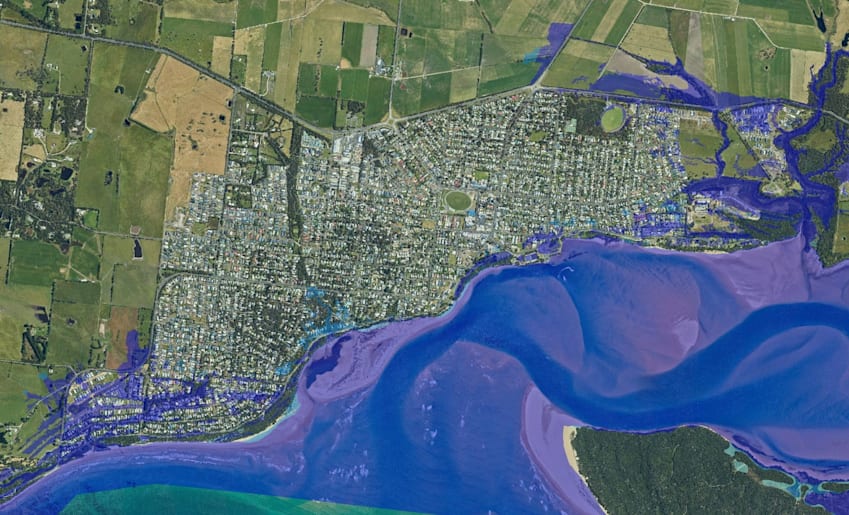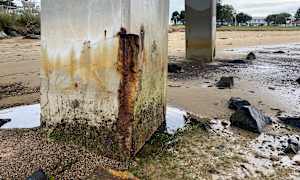THE final reports for Stage 1 of the Cape-to-Cape Resilience Project, principally what to do about coastal erosion at Inverloch, now and into the future as sea-level rise and storm/tide surges start to take their toll, will be released soon.
Given that they were promised for mid-July, allowing enough time to put pressure on all sides of politics in the lead up to the state election, it’s late in the day, very late for these reports to be produced.
A spokesperson for the Inverloch Regional and Strategic Partnerships (RaSPs) Project Control Board has advised the Sentinel-Times that the reports are essentially complete and are only awaiting sign-off at higher levels.
We are also advised that the reports are technically complex in nature and the Department of Environment, Land, Water and Planning (DELWP) has been focused on developing summary documents to assist in community understanding of the information contained within the reports.
Certainly, if the hazard maps provided with the preliminary reports are anything to go by, illustrating significant inundation risks for parts of Inverloch’s residential areas, there’s going to need to be further explanation, especially detailing engineering and planning solutions.
However, with the state election fast approaching, local environmental groups, as well as the general community, are viewing the three-month delay in releasing the Stage 1 final report as a huge-wasted opportunity to get a commitment for funding if, as likely, mitigation works and ‘adaption’ measures are required now.
Options for action include “non-intervention”, simply waiting for something to happen and responding but this strategy has already come unstuck as authorities chased down erosion damage with sandbags and ultimately a rock wall at Inverloch.
The “avoid” option, where new uses and development is located away from the areas set to be negatively impacted by coastal erosion is likely to be part of the response strategy, adopted in planning and policy documents by relevant authorities.
“Nature-based methods” (dune protection and the like), “accommodate” (use of moveable structures, flood resilient building design), “retreat” (where existing structures and uses may be decommissioned or relocated away from areas impacted by coastal hazards) and “protect” (seawalls, barriers, structures or interventions including groynes and breakwaters) are other options likely to be included.
But it’s a case of better late than never if these reports can be released in the next few weeks, allowing some limited time to press for a commitment to funding mitigation works prior to the election.












